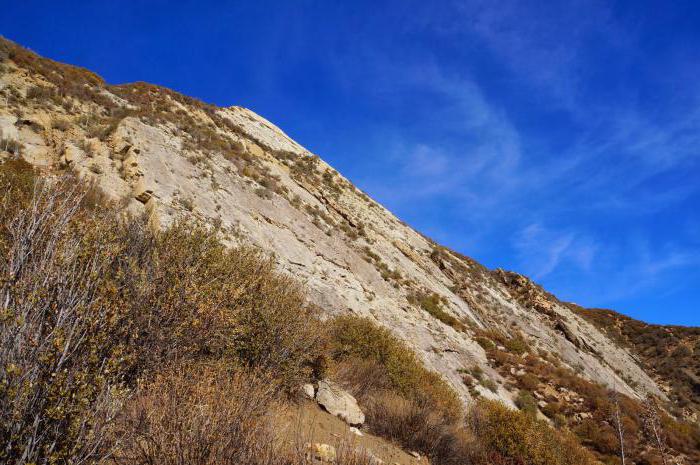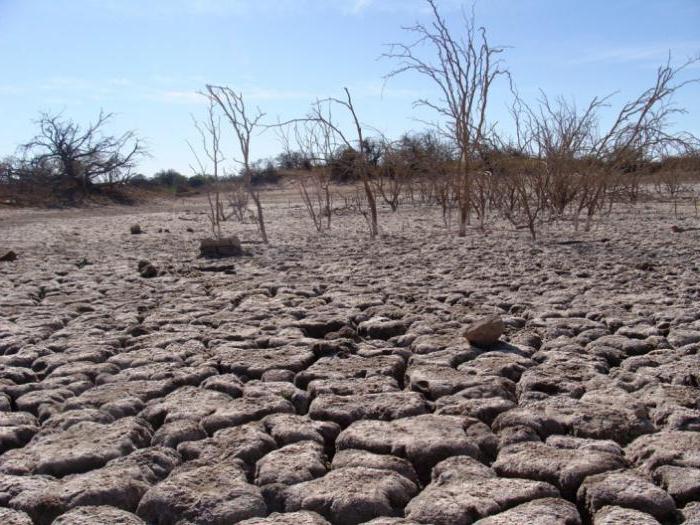Gullies are the result of water and soil erosion and are inconvenient for cultivating land. How to stop the growth of ravines and what needs to be done to protect the soil from their formation, read the article.
Primary ravines
They are formed due to the concentration of water effluents on one of the elements of the network located on the slope of the intake, it can be a beam. In this case, water flows down the man-made hollows of artificial origin.
What's happening? Water flows reach the shore of the beam, eroding the slope. As a result of the current, a primary ravine is formed, it is also called coastal. These ravines develop and eventually penetrate the catchment slope. In this case, slope gullies are formed.
Primary ravine: stages of development
Gullies of this type are formed gradually. This process is conditionally divided into the following stages:
- The first, when there are ravines up to fifty centimeters in depth. A characteristic feature is the presence of a profile at the bottom of the surface slope. The cross section of such a ravine is a triangle or a trapezoid. Plowed lands and loose soils undergo such a process very quickly, in about one to three years.

- At the second stage, an apical cliff forms. This is due to the rapid erosion of the banks of the beam. The base of the cliff is washed away by a stream of water, causing the wall to collapse. Soil carries away by a current. The cliff can reach ten meters in height. The profile line is concave.
- The third stage is characterized by the development of an equilibrium profile. Its beginning refers to the moment of lowering the mouth of the ravine to the level of the beam bottom. The ravine is increasing in size.
- At the next stage, the growth of the ravine goes into decline: an equilibrium profile begins to develop. The bottom no longer deepens, due to the washing out of the slopes, the width continues to grow. When the angle of inclination is restored and the soil becomes stable, vegetation will appear on the slope of the ravine. The formation of the ravine is over. How to stop the growth of ravines, read the article below.
Secondary ravines
They are formed due to the fact that with erosion of the bottom deepen. Such ravines are called bottom. There are many hollows on the tops of hollows and beams. On their bottom gullies begin to grow, which are called sloping. They take their origin on the shore of the beam. Moving up, divide the slope of the catchment. Such ravines are called sloping secondary.
Afforestation of ravines
People began to fight ravines a long time ago, back in the nineteenth century. How to stop the growth of ravines? You should fix the top and bottom, falling asleep with manure, or plant willow and poplar. So that the ravine does not develop further, it must be fixed, protect the soil from erosion. How to stop the growth of ravines? To do this, it is advisable to plant forest belts.
They will strengthen the top and bottom of the ravine. You can use earthen ramparts and various concrete structures. Natural fences from forest stands absorb excess water, as a result of which the growth of ravines stops. Trees are planted at a distance of three to five meters from the edge of the ravine.
How can soil be protected from ravines? Using trees, using the ability of the roots to hold soil together. But keep in mind that the roots only absorb surface moisture. A concentrated water stream flows freely through the roots of the trees. It should be noted that the root system can not always serve as protection, since the roots of the plants break off, and the soil along with the trees slides to the bottom of the ravine.
Soil erosion
When snow melts, streams of water rush down the slopes, wash off and carry away the thawed ground, gaps appear, and this is the beginning of the formation of ravines that can destroy fields, block roads.
Grassland slopes cut by grass stands are a wonderful environment for ravines to appear. How to protect the soil from the formation of ravines? To do this, you need to create a good vegetative herbage, which prevents their occurrence and increases land productivity.
The process of formation of ravines contributes to wind erosion, during which dust, sand, soil rises. All this rushes over wide open spaces and settles to the ground. Sediments sometimes reach three meters in height, destroying crops. The wind blows the soil twenty-five centimeters in depth and rises up to a distance of three kilometers, as a result of which the mechanical elements of the soil are blown out. Ravines and potholes are formed - the forerunners of ravines. Agricultural land after this is classified as uncomfortable, complicating the processing of soil.

As a result of erosion, soil drought occurs, the physical properties of soils deteriorate, their biological activity decreases, as a result of which the yield of cultivated plants decreases. How to protect the soil from the formation of ravines? It is necessary to prevent the appearance of soil erosion. The use of soil-protective crop rotation, forest reclamation and agrotechnical measures help in the fight against erosion. This contributes to the construction of hydraulic structures.